
AeroGenie — Seu copiloto inteligente.
Tendências
Categories
Newer Aircraft Experience Longer Turnaround Times

Newer Aircraft Experience Longer Turnaround Times
Airlines generate revenue primarily when their aircraft are airborne, making the minimization of ground time—known as turnaround time—a critical factor in profitability. This principle has been especially vital for ultra-low-cost carriers, which have historically emphasized rapid turnarounds to maximize aircraft utilization and increase daily flight frequencies. Originating with Northeast shuttle services and later embraced by Southwest and other budget airlines, this operational strategy has long been a cornerstone of efficient airline management.
Emerging Trends in Turnaround Efficiency
Contrary to expectations, recent data indicates that the latest generation of narrow-body aircraft, including the Airbus A320neo and Boeing 737 MAX, are experiencing longer turnaround times compared to their predecessors, the A320ceo and 737NG. An analysis of ADS-B data from 2024, encompassing over 1.3 million flights over an eight-day span, reveals that these newer models consistently spend more time on the ground between flights, even when operated by the same carriers under comparable conditions.
This finding appears counterintuitive, as newer aircraft are generally anticipated to enhance operational efficiency, including faster turnarounds. Operational assessments confirm that most ground procedures remain largely unchanged between the older and newer models, which share common type ratings and similar workflows.
The Role of Advanced Engine Technology
The primary factor contributing to increased turnaround times lies in the engines powering these new aircraft. The latest models are equipped with advanced powerplants—Pratt & Whitney’s Geared Turbofan (GTF) and CFM International’s LEAP engines—that operate at higher core temperatures than their predecessors. To ensure safety and maintain reliability, manufacturers recommend extended engine cool-down and warm-up periods. These engines, being larger and heavier, necessitate additional ground time to manage thermal cycles effectively, thereby offsetting some of the efficiency gains achieved through their advanced design.
Implications for Airline Operations and the Aviation Market
This development carries significant implications for airline operations and the broader aviation market. Increased turnaround times can elevate operational costs by reducing fleet utilization, potentially encouraging airlines to retain older aircraft in service longer to uphold schedule reliability. Some carriers may shift demand toward older models or explore alternative maintenance strategies to mitigate the impact of these delays.
The industry is already responding to these challenges. Persistent delivery delays for new aircraft have compelled airlines to extend the operational lifespan of existing fleets, thereby boosting demand for aftermarket maintenance services. Reflecting this trend, GE Aerospace recently revised its 2025 profit forecast upward, attributing the increase to heightened maintenance demand as airlines maintain older jets for longer periods.
While the new engine technologies offer substantial fuel savings—estimated at 15 to 16 percent—the trade-off is a modest increase in turnaround time. For airlines, the economic advantages of improved fuel efficiency may outweigh the operational drawbacks, yet the industry is clearly adjusting to a new operational paradigm in which the latest aircraft are not necessarily the fastest to turn.
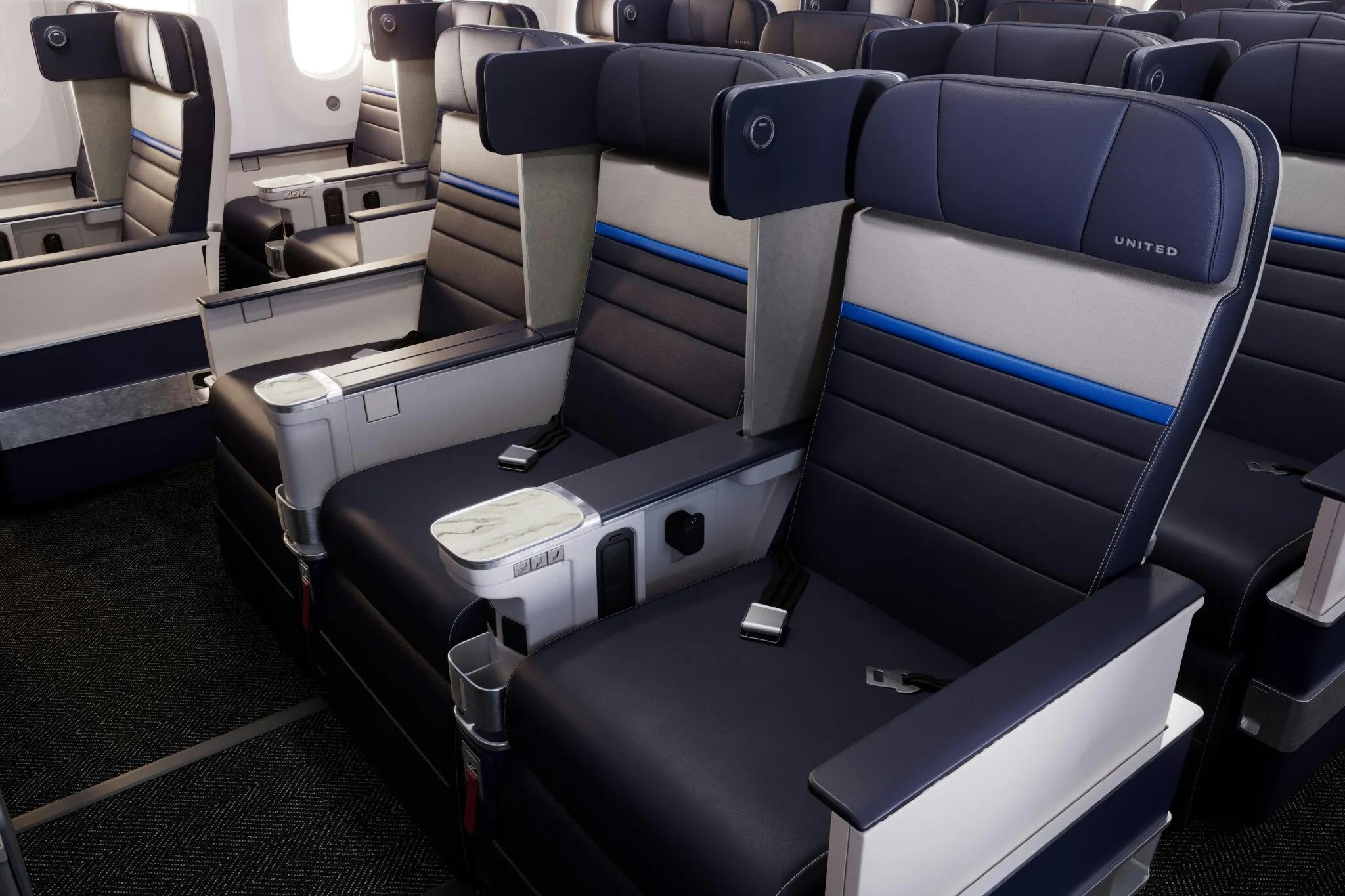
United Airlines Announces Routes for New Premium Boeing 787s
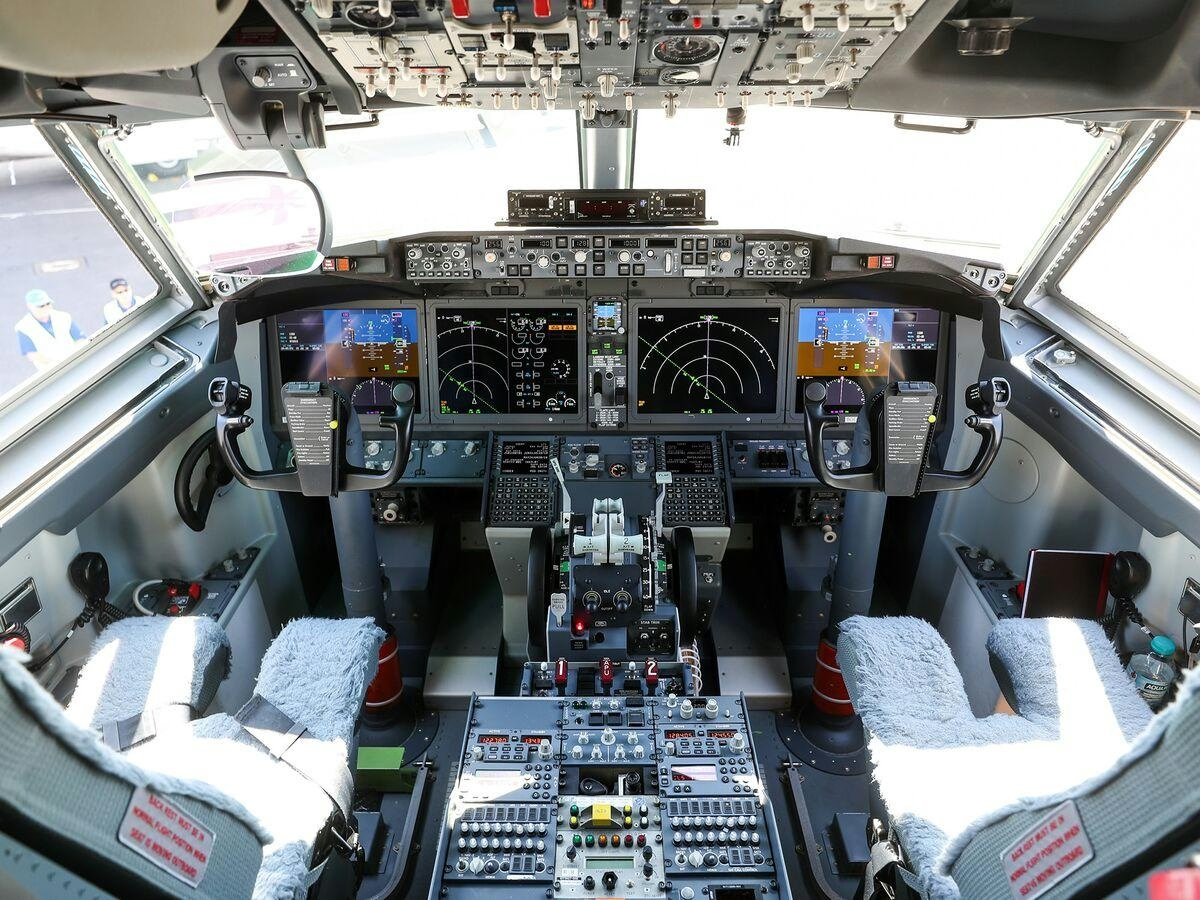
Boeing Introduces Remote Co-Pilot Technology
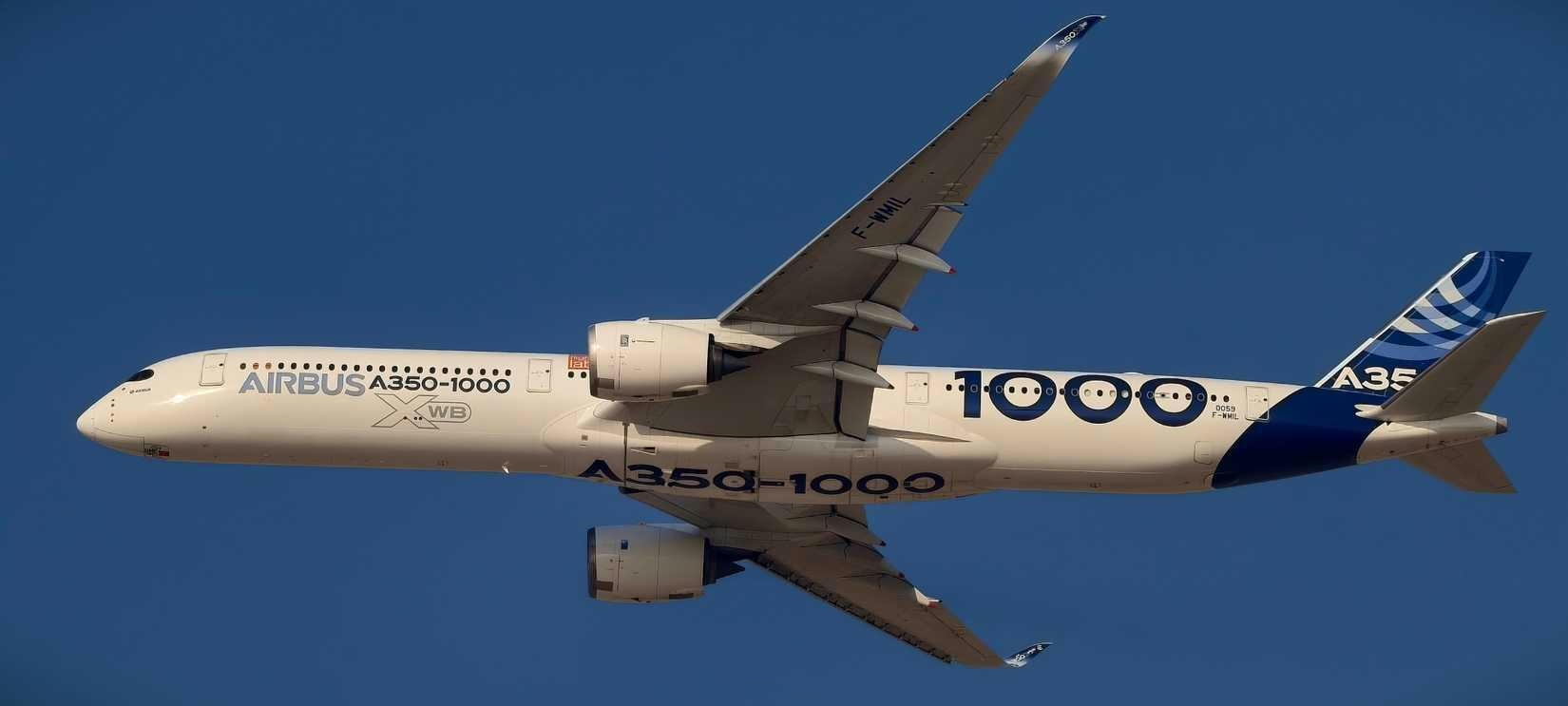
The Airbus A350-1000’s Fuel Efficiency Advantage Explained
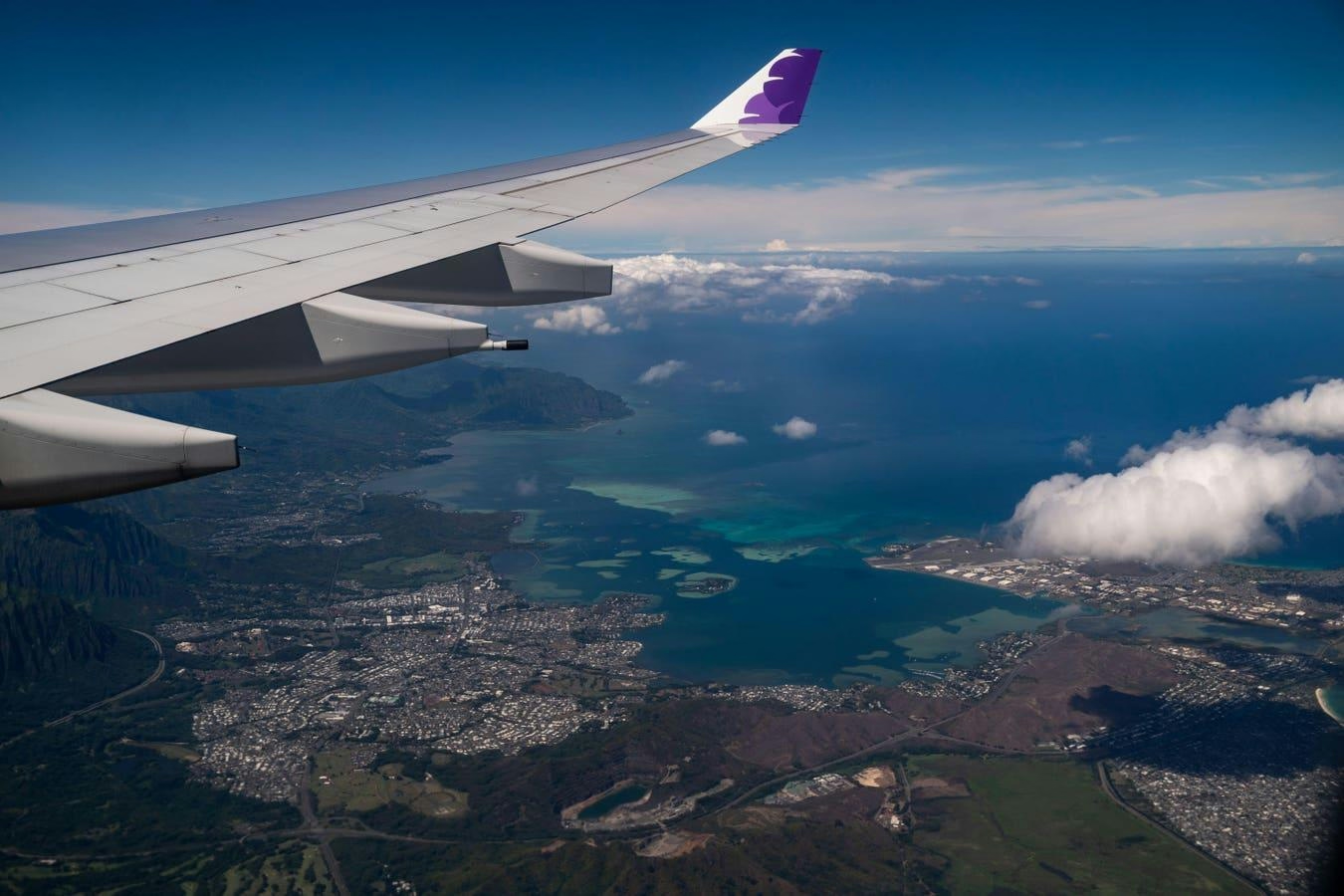
McNally Capital Expands Aviation Operations to Support Global Tourism

Two Young Climbers Begin Winter Ascent of McKinley
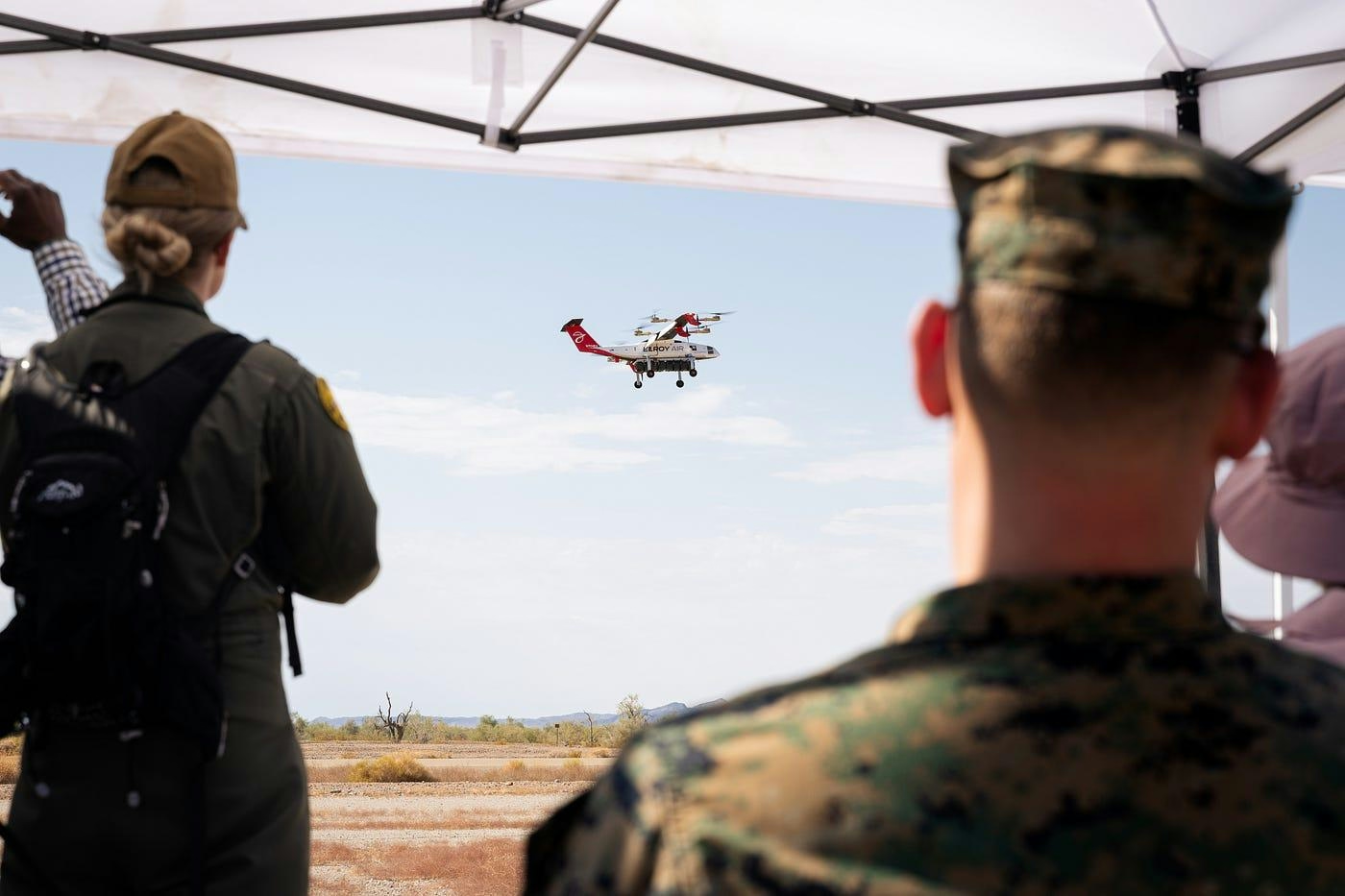
Elroy Air’s Autonomous Chaparral Delivers Lunch on A-to-B Flight
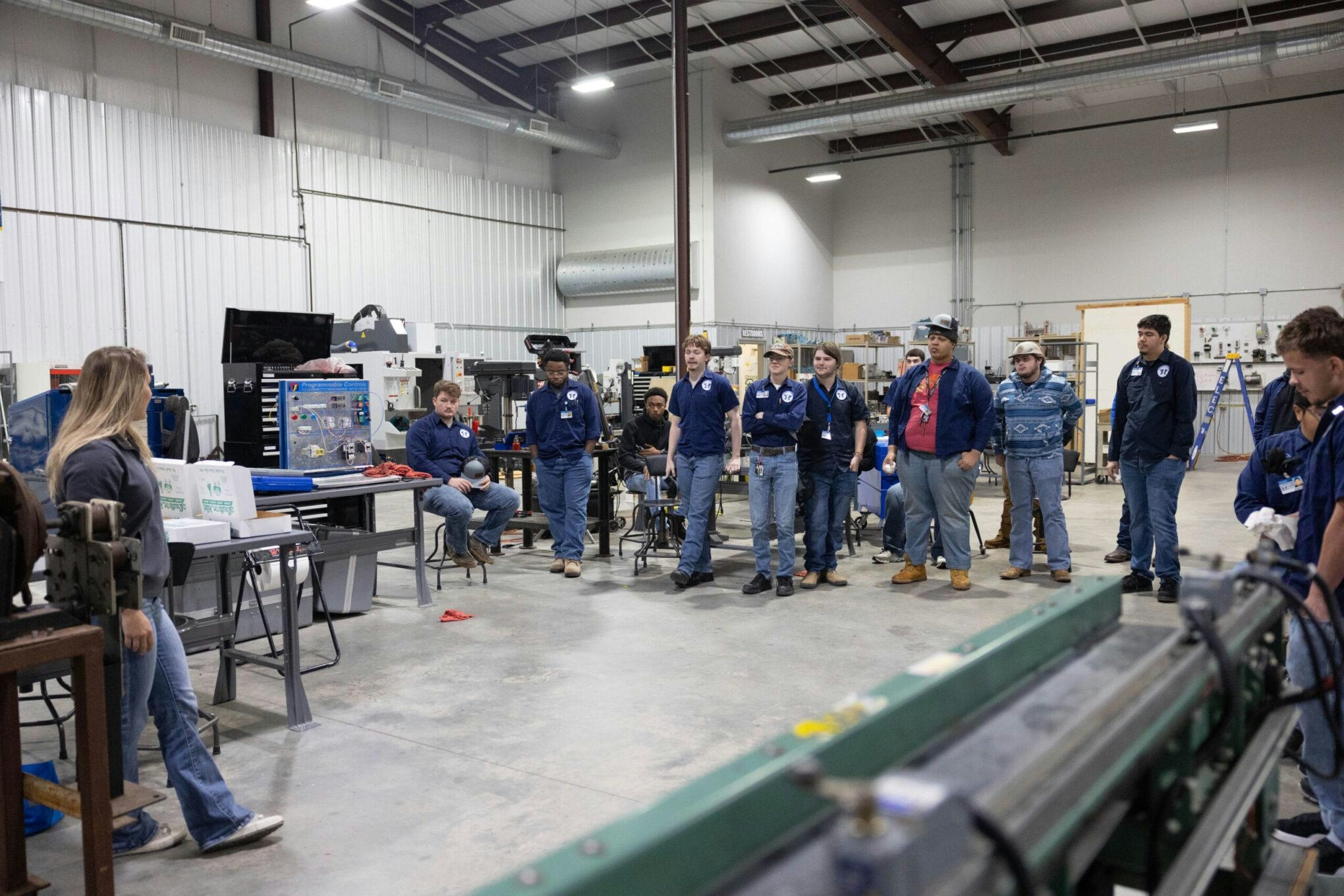
Texarkana College Holds First Graduation for Aviation Maintenance Technician Program
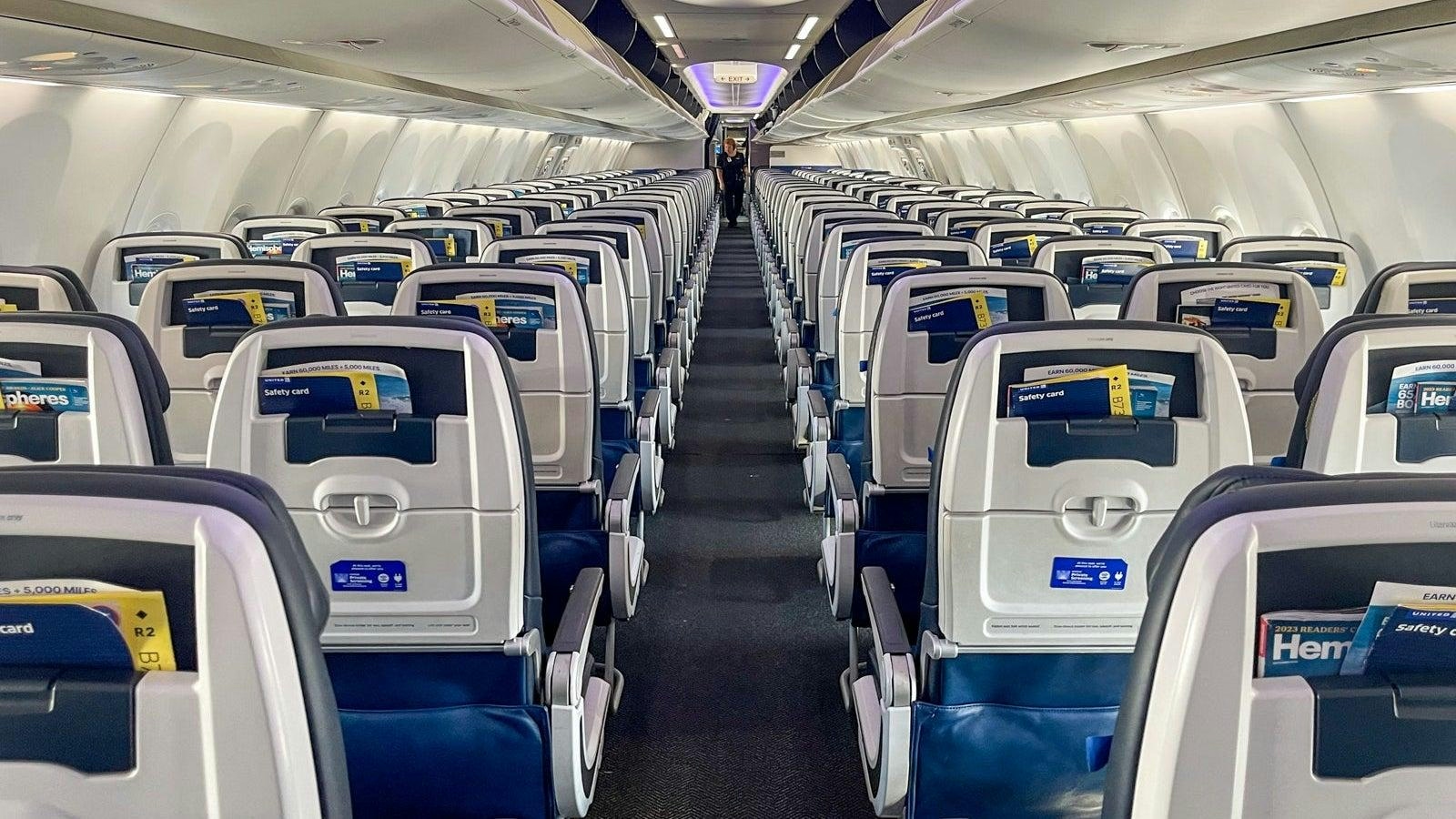
United’s 737 MAX 10s Have Flown Over 300 Hours Without Passengers

Airlines Adapt to Trade Disruptions and Supply Chain Challenges
